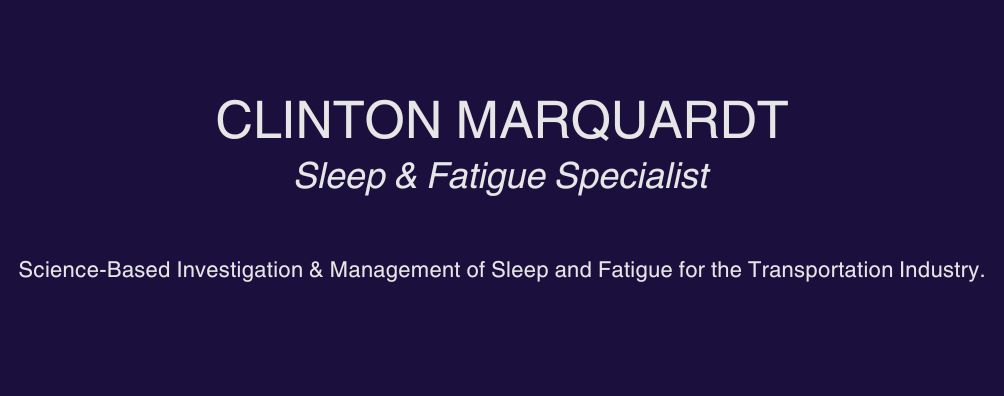 The longer you stay awake the more likely you will start to feel sleepy and have a hard time staying awake. Seems like basic common knowledge doesn’t it? This increasing sleepiness is known as the homeostatic sleep drive in scientific circles. In 1987, Dr. Spielman and his colleagues created a therapy for insomnia based on this biological drive.
The longer you stay awake the more likely you will start to feel sleepy and have a hard time staying awake. Seems like basic common knowledge doesn’t it? This increasing sleepiness is known as the homeostatic sleep drive in scientific circles. In 1987, Dr. Spielman and his colleagues created a therapy for insomnia based on this biological drive.
This therapy is known as Sleep Restriction Therapy and it is very effective at eliminating insomnia in a very short time…providing you are tough enough to endure it. I say tough enough because it makes you feel like a cantankerous zombie for a few days. If you want to try it, you should let everyone around you know and you should also avoid driving or operating heavy machinery for a couple of weeks. Here are the steps:
- Keep track of how long you sleep each night for the next 5 days.
- Calculate your average sleep time across the 5 days by adding the hours of sleep for each day and then dividing the sum by 5.
- This average sleep time is now the maximum allowable time you can spend in bed. Go as low as 4.5 hours but no lower.
- Choose a wake up time you can stick to for the next few months and then work backwards the same number of hours as your maximum allowable time in bed. For example, if your maximum allowable time in bed is 5 hours and your wake up time is 7:00 am, then your bed time will be 2:00 am.
- For the next 5 days maintain this new restricted sleep schedule and record how long you sleep each night.
- On the 6th day, calculate your sleep efficiency by dividing your average sleep time by the average time in bed across the past 5 days. The sleep efficiency formula is: average total sleep time/average total time in bed x 100%.
- If your sleep efficiency across the last 5 days is greater or equal to 90%, then give yourself an extra 15 minutes in bed by going to bed that much earlier. Don’t change your wake up time.
- If your sleep efficiency is less than 90%, remove 15 minutes from your total time in bed by going to bed that much later.
- Follow this new sleep schedule for another 5 days and then repeat steps 6 to 8 until you can sleep for about 7 hours with an average sleep efficiency of 90%.
To make this therapy work, you have to avoid napping, lying down at any time other than bed time and even avoid monotonous sleep-promoting activities like reading in a comfy chair. You can stay up later on weekends, but you have to maintain the wake up time you set in step 4.
Keep in mind that although Sleep Restriction Therapy is very effective, it is a grueling approach and you will feel much worse before you start sleeping better.


